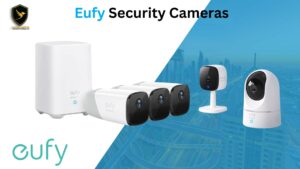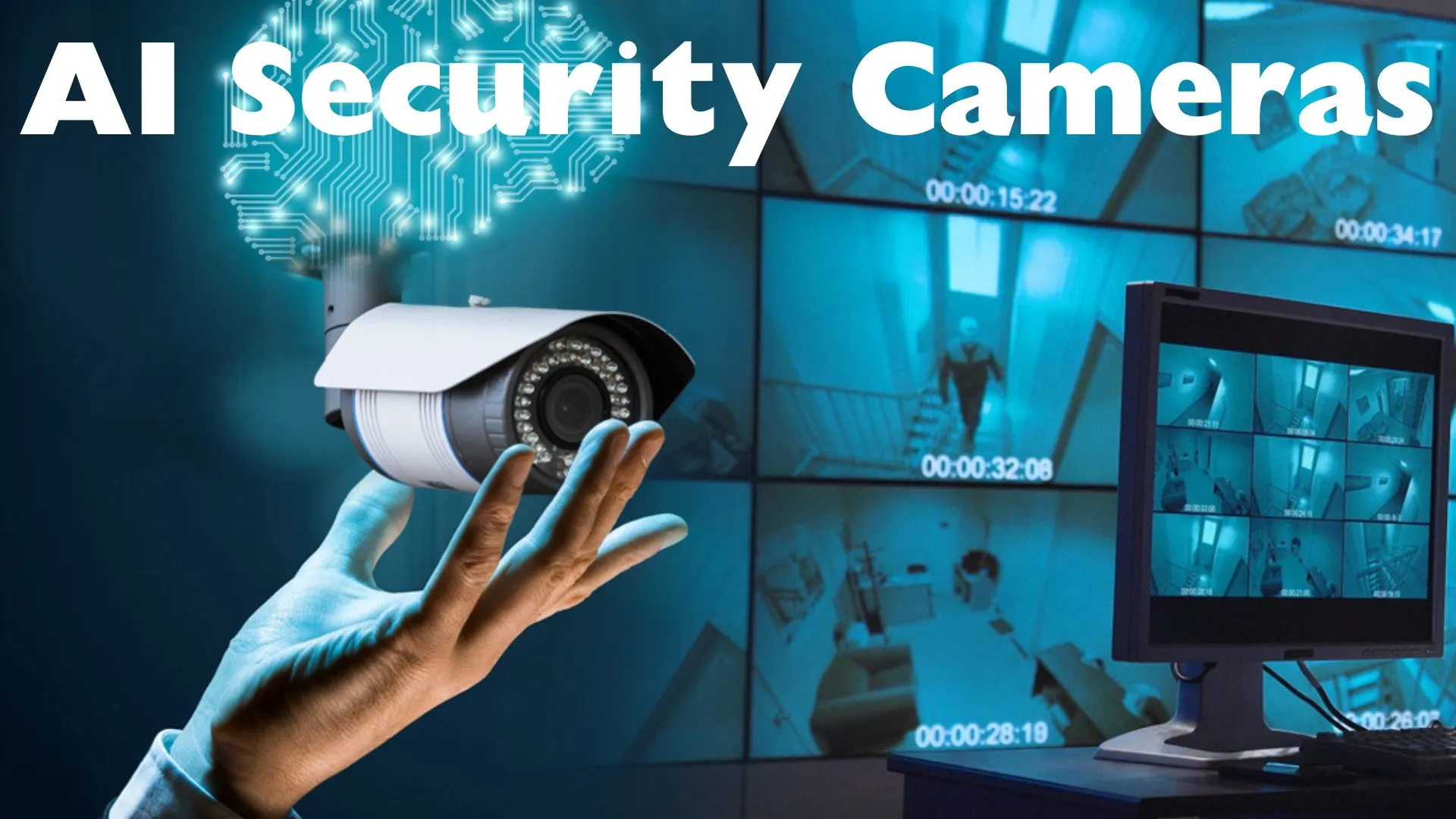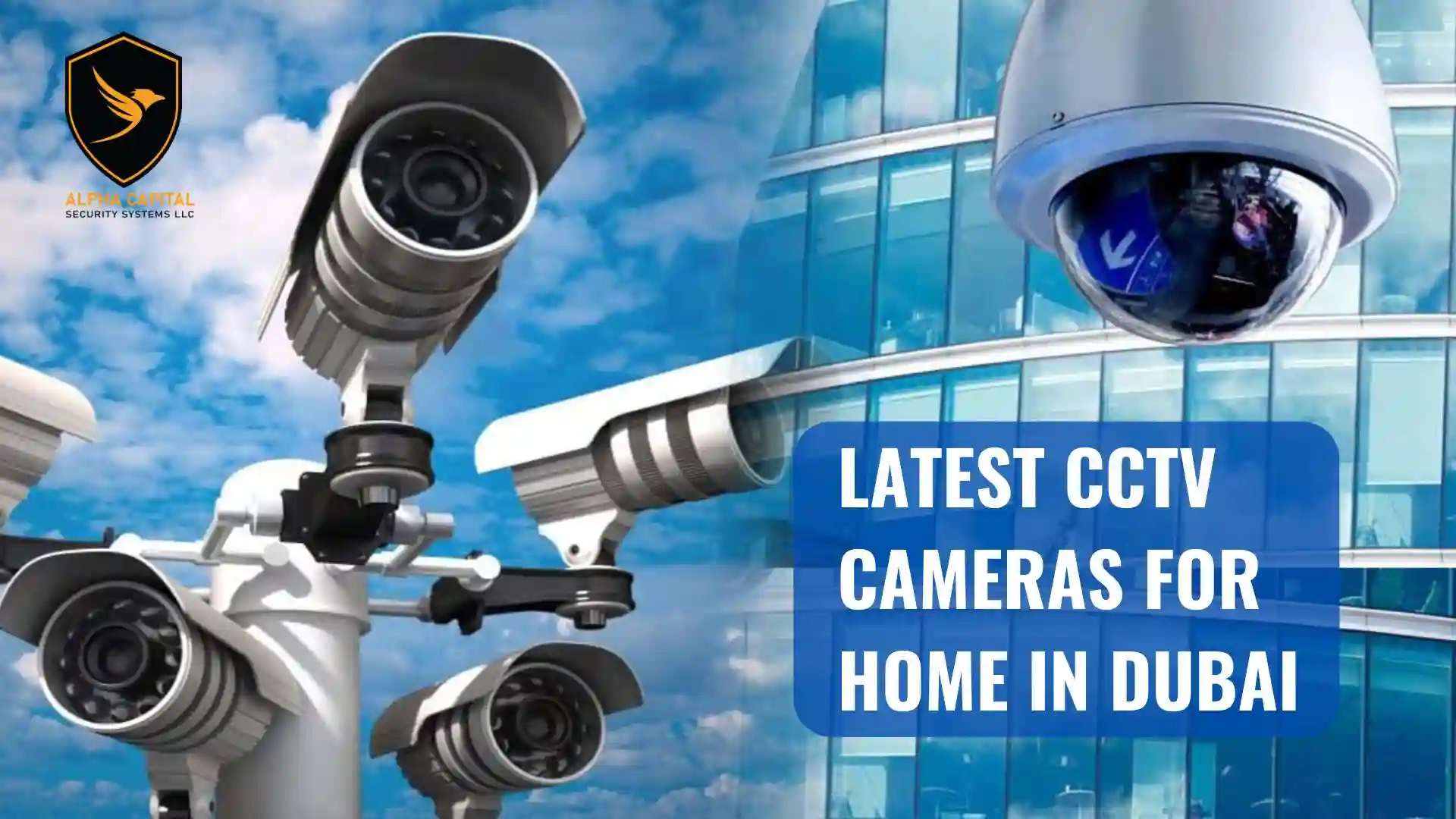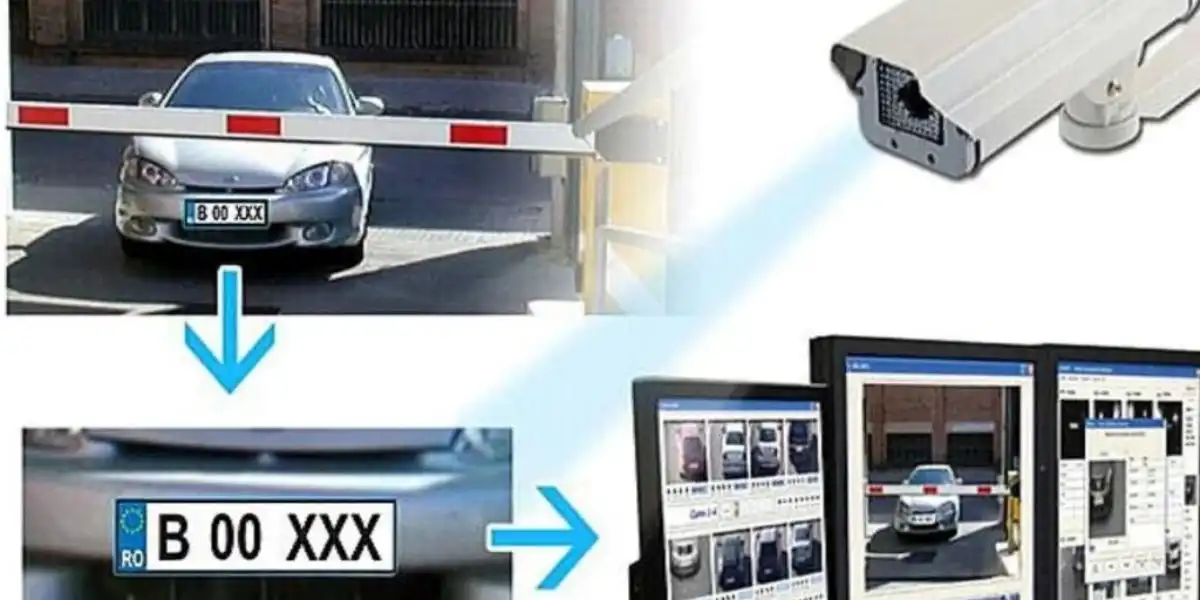Inroduction to Environments through CCTV Surveillance
In healthcare institutes, the utilization of Closed-Circuit Television (CCTV) systems for infection control purposes has emerged as a prominent strategy. These advanced surveillance mechanisms have revolutionized the landscape by providing valuable insights into infection prevention and management. Through the use of CCTV cameras, healthcare institutions may lower the risk of infection and enhance patient care by applying the ideas of communication and safety. In order to provide the best services, patient safety, assurance, and trust are crucial factors that should always come first. With CCTV, healthcare institutions can have peace of mind knowing that medication storage areas are being monitored at all times.
THE NECESSITY OF HOSPITAL SECURITY:
Hospitals are critical institutions which provide help and healthcare to people in pain. Strong security measures are a requirement in places like these due to the sensitive nature of their business. People tend to reach a hospital where they feel safe and sound. Security is important for the places like these as they hold important and sensitive data of doctors, employees, patients and medicines. The effective security of healthcare is made possible by the installation of cutting-edge technical solutions, which also improve in establishing a secure framework. It is critically important to safeguard the needs and requirements of people in a particular place. In this specific regard technology plays a vital and crucial role which can’t be neglected. Technology helps in establishing a secure environment which can be trusted for this Sensors, CCTV cameras and security gateways play a significant role.
THE SIGNIFICANCE OF ENHANCING INFECTION CONTROL
In healthcare institutes, the imperative of infection control cannot be overstated. Hospitals are critical to the protection of public health. It is crucial to implement efficient infection control procedures in these settings. The importance of infection control in hospitals is addressed fully in this article, along with the consequences of ignoring this important factor.
CONTROL OF INFECTION:
The potential for the spread of deadly infections is one strong argument in favour of giving infection control in hospitals the highest priority. Healthcare facilities act as hotspots for the spread of infectious diseases due to the large number of people seeking medical attention there. Failure to establish effective infection control procedures might lead to the broad spread of hazardous bacteria, endangering patients, employees, and visitors.
Hospitals may become infected in a number of ways. Direct contact with infected surfaces or items, such as bed rails, doorknobs, or medical equipment, is one typical way to get the disease. Additionally, if basic hand hygiene precautions are not taken, healthcare staff may unintentionally spread illnesses from patient to patient. Another issue is airborne transmission since some viral particles can float in the air and be inhaled by patients or employees. Incorrect sterilisation of medical equipment or polluted water sources can also contribute to the spread of illnesses in hospital settings. Strict infection control procedures must be put in place by healthcare facilities to reduce the risk of transmission and safeguard both patients and workers.
CONSEQUENCES FOR NOT CONTROLLING INFECTIONS:
In addition to the direct consequences on patients, failure to control infections in hospitals can have far-reaching implications for the broader community. Infected patients may unwittingly serve as sources of contagion upon discharge, potentially initiating community outbreaks. This scenario becomes particularly concerning when dealing with highly contagious diseases or antimicrobial-resistant pathogens. By containing infections within healthcare settings, hospitals fulfil their role as bastions of public health, protecting the community from further contagion.
IMPORTANCE OF CCTV CAMERAS IN INFECTION CONTROL:
⦁ Ability to monitor:
The intricacy of CCTV surveillance in healthcare environments manifests in its ability to monitor and track infection-prone areas with precision. The sophisticated technology embedded within these systems allows for comprehensive observation of critical spaces, such as operating rooms, waiting areas, and patient wards. By leveraging the diverse range of perspectives provided by CCTV cameras, healthcare professionals gain a deeper understanding of the complex dynamics that contribute to the spread of infections.
⦁ Capability to capture:
The capacity of CCTV monitoring to record a broad range of actions and behaviour is what gives it its meaning and innovation. CCTV systems provide a constant stream of visual data, as compared with traditional monitoring techniques, which may only record certain times. Healthcare professionals are given a comprehensive understanding of infection trends because of this constant flow of information, which enables them to quickly pinpoint probable sources of infection and take preventative action.
⦁ Use of AI power systems:
Artificial intelligence, with its unique lexicon and distinct phrasing, plays a pivotal role in optimizing CCTV surveillance for infection control. Through the integration of uncommon terminology and innovative algorithms, AI-powered systems augment the originality and effectiveness of the surveillance process. These advancements empower healthcare facilities to combat infections with a renewed sense of vigor and resourcefulness.
⦁ Impact of infection control:
To truly realize the potential of CCTV surveillance in infection control, it is imperative to embrace a professional format that resonates with the domain. By adopting a language that aligns with the standards and expectations of healthcare professionals, the impact and relevance of the content are greatly enhanced. Such an approach not only conveys the depth of knowledge and expertise but also ensures that the information is accessible and comprehensible to all stakeholders.
OPTIMAL APPROACHES:
In today’s digital world, Healthcare institutions are constantly looking for methods to improve their security and productivity, the security which is essential for doctors, employees, and patients. The use of cameras plays a vital component in providing a secure environment. This technology is essential for improving hospital security and reducing dangers and threats. CCTV cameras are crucial for improving hospital security. To ensure the security of clients, employees, and assets, healthcare institutions can monitor and record actions with their presence. CCTV cameras operate as a deterrent to possible threats by offering a continuous surveillance system and allowing rapid reaction to any situation. In order to maintain a safe and secure atmosphere, CCTV cameras must be used in healthcare facilities.
HIKVISION SOLUTIONS:
Hikvision has proven to be highly efficient in the healthcare industry. With their advanced technology and innovative solutions, they have greatly improved the efficiency of various healthcare processes. From patient monitoring to security systems, Hikvision’s products have streamlined operations and enhanced overall productivity. Their high-quality cameras and video management systems have enabled healthcare facilities to effectively monitor and manage patient flow, ensuring timely and efficient care. Additionally, Hikvision’s intelligent video analytics has helped healthcare professionals identify and respond to potential security threats, further enhancing the safety and security of patients and staff. Overall, Hikvision’s efficiency in healthcare is evident through its reliable and cutting-edge solutions that optimize operations and improve patient outcomes. 
 Hikvision ColorVU Camera Hikvision 4MP DarkFighter
Hikvision ColorVU Camera Hikvision 4MP DarkFighter

 Hikvison 4MP 25X Network IR PTZ Camera Hikvision 4MP PanoVu Network
Hikvison 4MP 25X Network IR PTZ Camera Hikvision 4MP PanoVu Network
ColorVu technology:
Hikvision’s ColorVu panoramic cameras combine cutting-edge pixel-level picture registration technology with Hikvision’s image fusion algorithm to stitch together a 180-degree horizontal field of view, resulting in vivid and seamless panoramas with more vibrant details. Wide-area security footage improves situational awareness and minimizes the number of cameras necessary for thorough monitoring, resulting in cost savings.
AcuSense technology:
Many of the security standards for small and medium-sized companies are the same as those for bigger organizations. They want real-time detection and response to perimeter breaches, as well as more efficient film searches, to reduce lost time for their security employees.
In conclusion, the integration of CCTV surveillance systems in healthcare environments enters us into a vast domain of infection control. The presence of CCTV cameras can also enhance the sense of security among individuals, making them feel safer in their surroundings. Overall, the implementation of CCTV systems has proven to be an effective tool in improving security and preventing crime. The strategic use of AI-powered solutions, coupled with a professional and engaging narrative, empowers healthcare professionals to combat infections effectively and optimize patient safety. Together, let us embrace the transformative potential of CCTV surveillance in safeguarding the health and well-being of individuals in healthcare settings.









